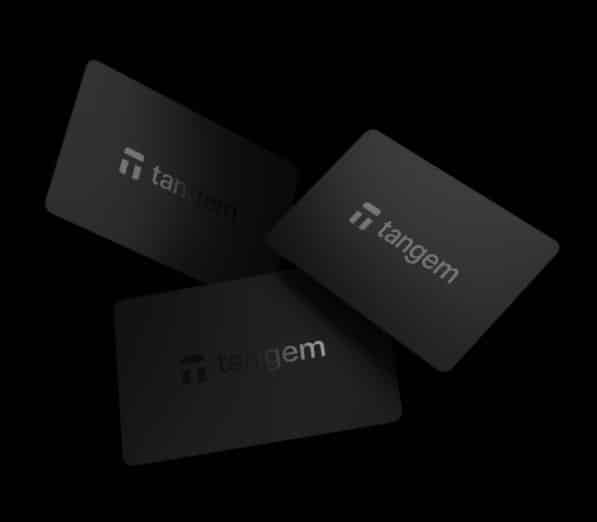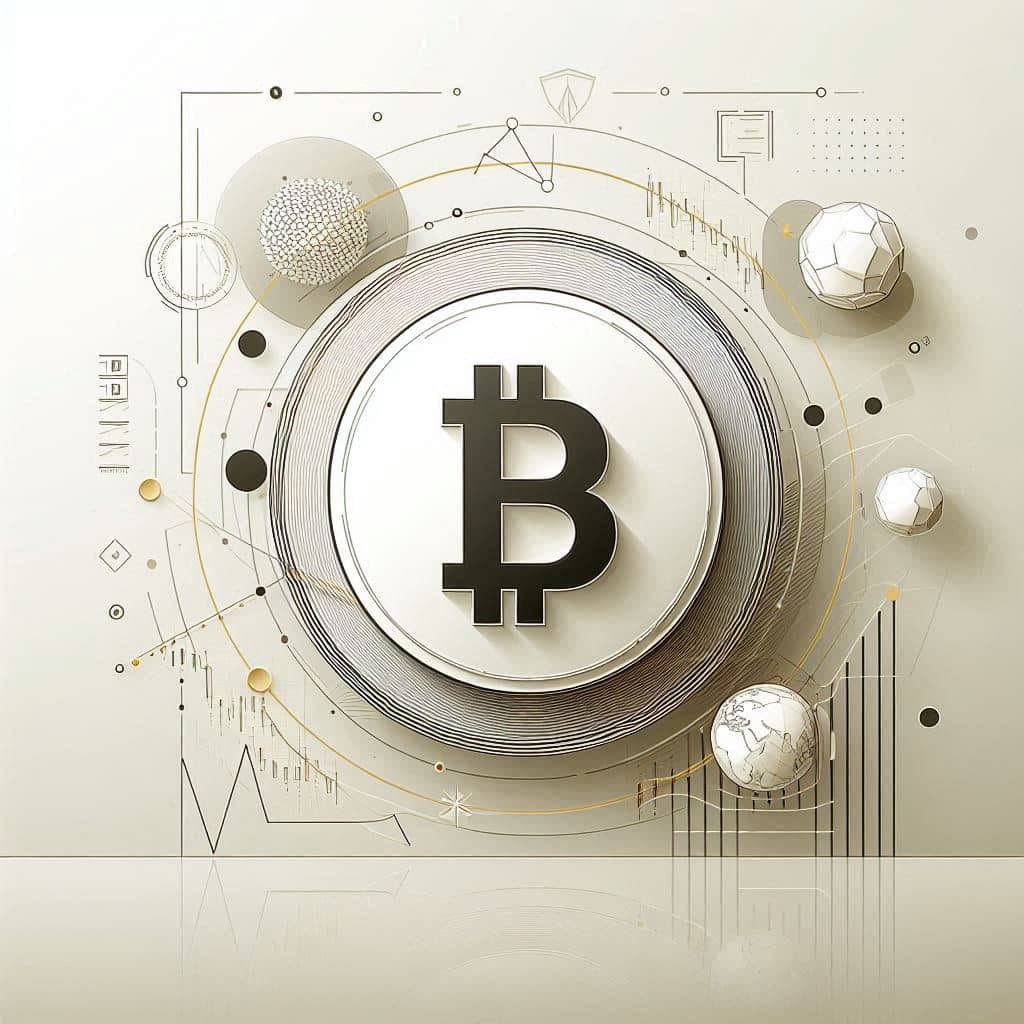This short guide will explain the difference between Ethereum and Ethereum Classic, as well as how you can buy Ethereum Classic online.
How to Buy Ethereum Classic Summary
Ethereum Classic is actually the “original” Ethereum that never forked when the 2016 ‘The DAO’ hack occurred. Here’s how to buy ETC online:
- Get an Ethereum Classic wallet (Best Wallet, Ledger, TREZOR,)
- Locate your ETC address
- Find an ETC exchange (MEXC)
- Buy ETC
- Withdraw your ETC
As you’ll see below, Ethereum Classic proposes an intriguing alternative to standard Ethereum, as well as other coins. But first, look at some other platforms you can use to get hold of Ethereum Classic.
Alternative Exchanges
If MEXC doesn’t work out for you, here are some additional buying options:
eToro disclaimer: Cryptocurrency is offered by eToro USA LLC (“the MSB”) (NMLS: 1769299) and is not FDIC or SIPC insured. Investing involves risk.
Don’t invest unless you’re prepared to lose all the money you invest. This is a high-risk investment and you should not expect to be protected if something goes wrong. Take 2 mins to learn moreThe first part of this article homes in on how to buy Ethereum Classic. If you want a more detailed explanation about this coin and the buying process involved, keep on reading. Here’s what I cover:
Ethereum vs. Ethereum Classic
The story of Ethereum Classic goes back to the first half of 2016, when a project called The DAO (short for Decentralized Autonomous Organization) was trying to build a decentralized corporation on top of the Ethereum network.
Through an ICO, The DAO crowdfunded over $140 million in Ether (Ethereum’s currency). This was the biggest crowdfund in history at the time, and the funds were locked inside a smart contract.
A short while after the crowdfunding ended, a hacker exploited a critical bug in the contract’s code, allowing him to drain the funds from The DAO into another contract under his control. The Ethereum development team, many of which were involved in The DAO project, were shocked.
Since Ethereum was much smaller back then and The DAO held about %14 of all of the ether in existence, Ether’s price began dropping. Due to a technical limitation, there were 30 days until the hacker could start draining the funds from his controlled contract.
The proposed solution was to roll back the entire Ethereum blockchain to the point before the attack took place and change the code, so that The DAO investors would be able to undo their investment and get their Ether back.
To cut a long story short, the Ethereum developers rewrote history, something that shouldn’t be possible in a true decentralized immutable ledger.
Some people didn’t like the rollback idea at all, and that’s when Ethereum Classic was born. A group of developers decided they would not follow the proposed fork to undo the attack, and would stick with the original code.
Their argument went as follows:
The unique proposition of Ethereum is being an unstoppable code, a system where code is law. Arguably such a system does not take into account if the code is solid, or behaves as intended, it just runs it.
The very fact that the Ethereum development team were able to undo The DAO conundrum was a warning sign to many. If a few phone calls between some key parties and some code can change the Ethereum blockchain, how unstoppable is it really?
The way Ethereum Classic proponents see it, they’re spearheading the original Ethereum. Essentially, this means that they’re using the original code without the rollback, and with a significant following. After all, having hundreds of millions of dollars worth of market cap means a lot of people are buying into the Ethereum Classic paradigm.
Comparison of Ethereum Classic (ETC) and Ethereum (ETH) Features
Some buyers may be confused about how Ethereum Classic differs from its better-known sibling. Here’s a summary of the differences between the features of each one.
Feature |
Ethereum Classic (ETC) |
Ethereum (ETH) |
| Consensus Mechanism | Proof of Work (PoW) | Proof of Stake (PoS) |
| Smart Contract Support | Yes | Yes |
| Scalability | Limited | More scalable with rollups and Layer 2 |
| Security | More vulnerable to attacks | Stronger security due to staking |
| Development Activity | Limited, fewer upgrades | Active development with major upgrades |
| Supply Cap | Fixed at 210 million ETC | No fixed cap (inflationary supply) |
| Network Usage | Low | High (DeFi, NFTs, dApps) |
| Transaction Speed | 15 TPS (Transactions per Second) | 15-30 TPS (higher with Layer 2) |
| Community Support | Smaller, more ideological | Larger, more commercial adoption |
How to buy Ethereum Classic
Step 1 – Get an ETC wallet
Ethereum Classic Hardware Wallets
The safest solution for storing ETC is a Hardware wallet. The Ledger Nano S and Nano X both have native support for ETC and can easily be used to keep your ETC on cold storage. You can read my Ledger Nano X review here.
TREZOR wallets (One, Model T) can also hold ETC through TREZOR’s web interface. You can read my TREZOR T review here.
Ethereum Classic Software Wallets
For a mobile solution you can use the multi-currency wallet Coinomi, which allows multiple types of assets, ETC being one of them. Coinomi Works on android and iOS. You can read my review of it here.
For desktops, the best solution would be Exodus. A super simple to use and beautifully designed desktop wallet that supports ETC and a wide variety of altcoins. You can read my complete Exodus review here.
There’s also a full fledged Ethereum wallet called Emerald Wallet, which is the native software that runs Ethereum, adjusted to work with Ethereum Classic. You can get it on github and become a part of the network by running an ETC node.
Locate your ETC Address
Once you have your wallet you will need to locate your ETC address. ETC addresses are similar to ETH addresses. They are a long string of letters and numbers starting with “0x”. Here’s an example:
0x353c13b940aa5eed75aa97d477954289e7880bb8
Step 2 – Find an Ethereum Classic Exchange
Buy Ethereum Classic Through eToro
eToro allows you to invest in ETC with a variety of payment methods but is aimed for speculation purposes only (not available to US users). This means that using eToro for actual access to your coins e.g. to send coins from eToro to other people is less recommended.
eToro makes it easy for you to buy or sell Ethereum Classic for fiat currency (i.e. Dollars, Euros, etc.). However, US customers can only invest in Ethereum, Bitcoin, and Bitcoin Cash. You can read my eToro review here.
Buy Ethereum Classic Through Coinbase
Coinbase supplies an easy brokerage solution for buying ETC with your local currency IF you’re located in one of the 103 supported countries. The main downside is the horrific customer support, so as long as you don’t encounter any issues along the way this will probably be the cheapest way to get actual coins.
Coinbase also has a trading platform called Coinbase Advanced suited for more advanced traders. If you feel comfortable with this platform you can buy ETC through it at a much cheaper price since it has lower fees. Here’s my Coinbase review.
Buy Ethereum Classic Through Binance
Binance is a crypto only exchange that allows you to trade a variety of cryptocurrencies for ETC. Binance supplies only the option to exchange ETC for BTC, ETH and BNB.
The exchange recently added the option to buy certain coins with a credit card. However, ETC is not supported through that option. You can read my complete Binance review here.
Buy Ethereum Classic Through Kraken
Kraken is perhaps the oldest operating exchange around (aside from Bitstamp). Kraken allows you to buy and sell ETC for USD and EUR. The platform has suffered from numerous technical issues in the past but has always seemed to maintain its popularity. You can read my complete Kraken review here.
Step 3 – Withdraw your Ethereum Classic into your wallet
When you’re done buying ETC, don’t forget to get your coins out of the exchange, as this is vital to keeping control of your money and minimizing the trust you put in third parties.
Depending on where you bought your ETC from, there may be some fees related to withdrawing the coins but in my opinion it’s worth the peace of mind.
Ethereum Classic
Our Verdict
8/10
- Decentralization element – 10/10
- Fees – 9/10
- Reliability & security – 7/10
- Adoption – 7/10
- Potential value – 9/10
Pros:
- Strong PoW mechanism, just like BTC
- Immutability and code integrity
- Lower gas fees than ETH
- Fixed supply cap, leading to greater prospective value
Cons:
- Security is not that strong
- Lower market adoption
- Weaker ecosystem growth
Ethereum
Our Verdict
9/10
- Decentralization element – 8/10
- Fees – 7/10
- Reliability & security – 9/10
- Adoption – 10/10
- Potential value – 9/10
Pros:
- Much more secure than ETC, thanks to its higher hash rate
- A force to be reckoned with when it comes to DeFi, NFTs, gaming, and enterprise adoption
- ETH has taken on a number of Layer 2 scaling solutions such as Polygon, Arbitrum and Optimism
- High liquidity
Cons:
- Higher fees because of its widespread use
- More prone to volatility than ETC as it follows the typical inflationary model
- Semi-decentralized, unlike ETC
Conclusion
Ethereum Classic (ETC) has been around for a long time and has kept a relatively high place in the cryptocurrency charts. While it doesn’t differ that much from ETH in design, its adoption rate isn’t even close to that of what is considered today to be the original Ethereum.
I’m not really sure there’s a place for these two currencies to co-exist when the dust settles from the early days of crypto, but for now, it seems that enough people are interested in it in order for it to have a market.
I hope you now have a better understanding of what Ethereum Classic is and why it exists. If you have any more comments or questions, feel free to leave them in the comment section below.
FAQs
What is the easiest way to buy Ethereum Classic (ETC)?
Can I buy Ethereum Classic with a credit or debit card?
Do I need a wallet to store Ethereum Classic after buying?
Is it possible to buy Ethereum Classic (ETC) with PayPal?
Are there fees associated with buying Ethereum Classic?
In This Article
Free Bitcoin Crash Course
- Enjoyed by over 100,000 students.
- One email a day, 7 days in a row.
- Short and educational, guaranteed!
Why you can trust 99Bitcoins
Established in 2013, 99Bitcoin’s team members have been crypto experts since Bitcoin’s Early days.
Weekly Research
100k+Monthly readers
Expert contributors
2000+Crypto Projects Reviewed



















